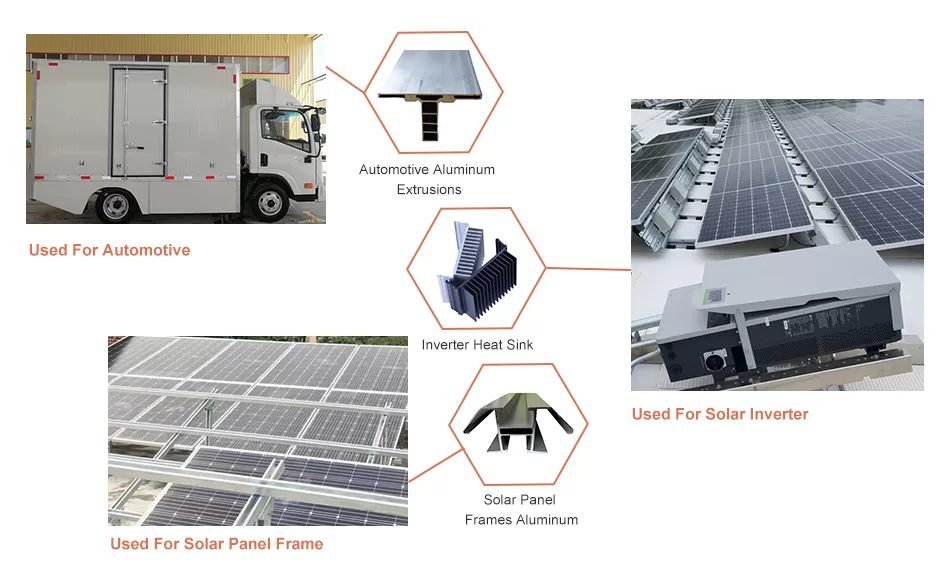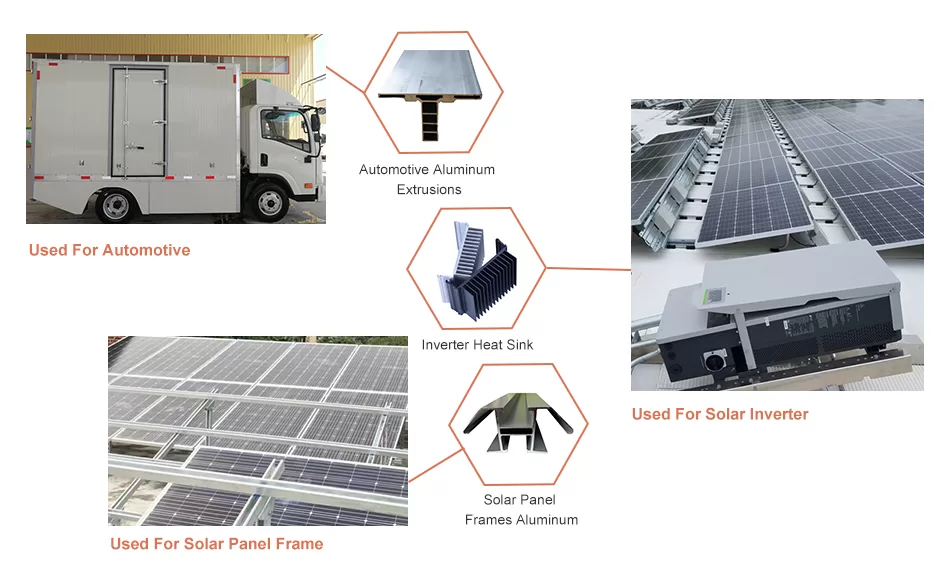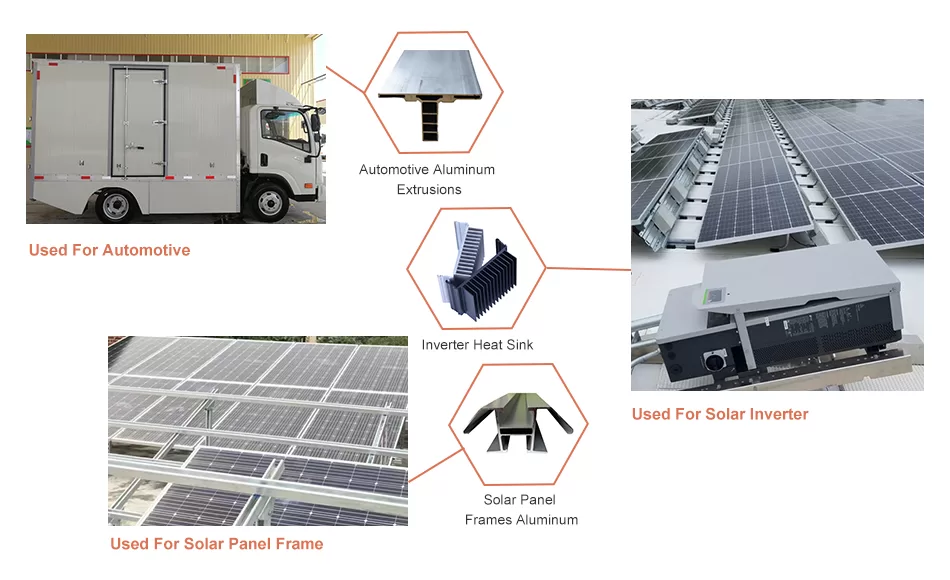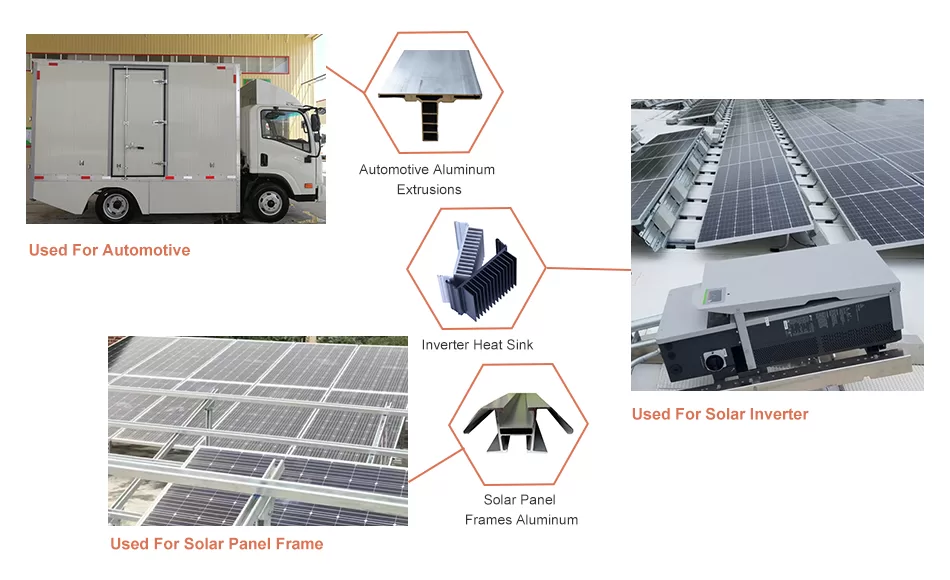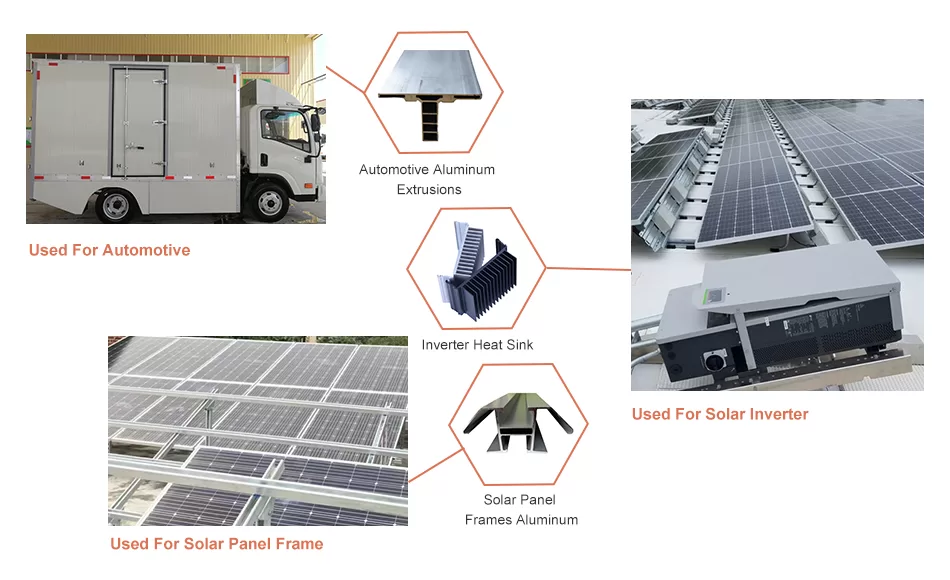Solar energy is becoming increasingly popular as a renewable energy source due to its environmental benefits and cost-effectiveness. Solar panels are essential components of any solar energy system, and aluminum profiles play a crucial role in their structural integrity and performance. Exploring the different styles and designs of solar panel aluminum profiles is essential to optimize system efficiency and aesthetics.
Types of Solar Panel Aluminium Profiles
There are several types of solar panel aluminum profiles available, each with its own unique advantages and disadvantages.
Unframed Profiles:
Unframed profiles are characterized by their open design, without any frame surrounding the solar panel. They offer the highest efficiency as there is minimal obstruction of sunlight reaching the cells. However, they require precise installation and support structures to ensure stability.
Framed Profiles:
Framed profiles have a metal frame surrounding the solar panel, providing additional structural support and protection. These profiles are more durable and easier to install than unframed profiles, but they slightly lower efficiency due to the frame blocking some sunlight.
Design Considerations
Shape and Size:
Solar panel aluminum profiles come in various shapes (e.g., rectangular, square, T-shaped) and sizes, depending on the size and layout of the solar panels. Selecting the appropriate shape and size ensures optimal utilization of space and structural stability.
Mounting Systems:
The design of the aluminum profiles also influences the mounting system used to attach the solar panels. Flush-mounted systems securely attach the panels to the frame on all sides, while edge-mounted systems clamp the panels from the side. The choice of mounting system affects the overall strength and aesthetics of the installation.
Aesthetics:
The appearance of solar panels can impact the overall aesthetics of a building or property. Aluminum profiles can be painted or anodized in different colors to complement the surrounding environment and enhance the visual appeal of the system.
Performance Factors
Load-Bearing Capacity:
The structural design of the aluminum profiles must withstand wind loads, snow loads, and other environmental forces. Choosing profiles with sufficient load-bearing capacity ensures the safety and longevity of the solar panel system.
Corrosion Resistance:
Aluminum profiles are inherently corrosion-resistant, but additional protective coatings can further enhance their durability, especially in harsh environments such as coastal areas or industrial settings.
Thermal Expansion and Contraction:
Solar panels experience temperature fluctuations throughout the day. Aluminum profiles with proper thermal expansion and contraction characteristics minimize stress on the panels and ensure their integrity.
Conclusion
Exploring the different styles and designs of solar panel aluminum profiles is crucial for optimizing the efficiency, durability, and aesthetics of solar panel systems. By understanding the types of profiles, design considerations, and performance factors involved, professionals can make informed decisions to ensure the success of their solar installations.
